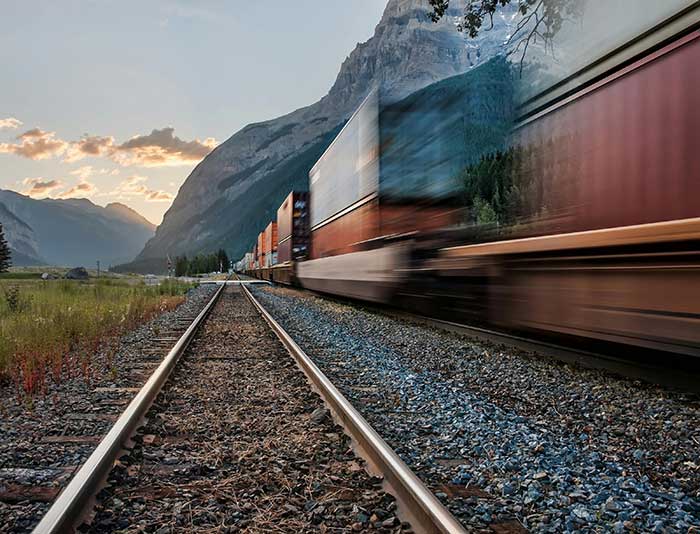Railroad Safety: Why Knowing the Right Number to Call Could Save Lives
Last week, our RailAware volunteer group launched a critical public awareness campaign that hits close to home for many in our railroad communities. In the wake of the recent Texas train derailment affecting Union Pacific employees, we’re reminded that railroad safety isn’t just about being careful around tracks – it’s about knowing exactly what to do when something’s wrong.
Public Safety Video by RailAware.org
Here’s a surprising fact: calling 911 isn’t always your best first move when you spot a railroad emergency.
I know what you’re thinking – that goes against everything we’ve been taught about emergencies. But when it comes to railroad incidents, there’s actually a faster way to get help. Those blue Emergency Notification System (ENS) signs you’ve probably driven past hundreds of times at railroad crossings? They’re literally lifelines.
Think about it this way: When you call the number on an ENS sign, you’re getting a direct line to the railroad operators. No middleman, no transfer between emergency services – just immediate access to the people who can stop trains or address track issues right away. Those precious minutes saved could prevent a tragedy.
Our volunteer group is taking this message on the road, spreading a simple but powerful message: “See Something, Say Something” and “See Track, Think Train.” These aren’t just catchy slogans – they’re reminders that could save lives.
We’re making ourselves available for community presentations because we believe that knowledge is power. Whether you’re a daily commuter, live near railroad tracks, or just occasionally cross them, knowing about these blue ENS signs and when to use them makes you part of the solution.
Remember, railroad safety is everyone’s responsibility. The next time you’re at a railroad crossing, take a moment to locate that blue ENS sign. It might seem like a small detail, but knowing it’s there – and what it’s for – could make all the difference in an emergency.
Stay safe out there, and don’t hesitate to reach out if you’d like to learn more about railroad safety in your community.
